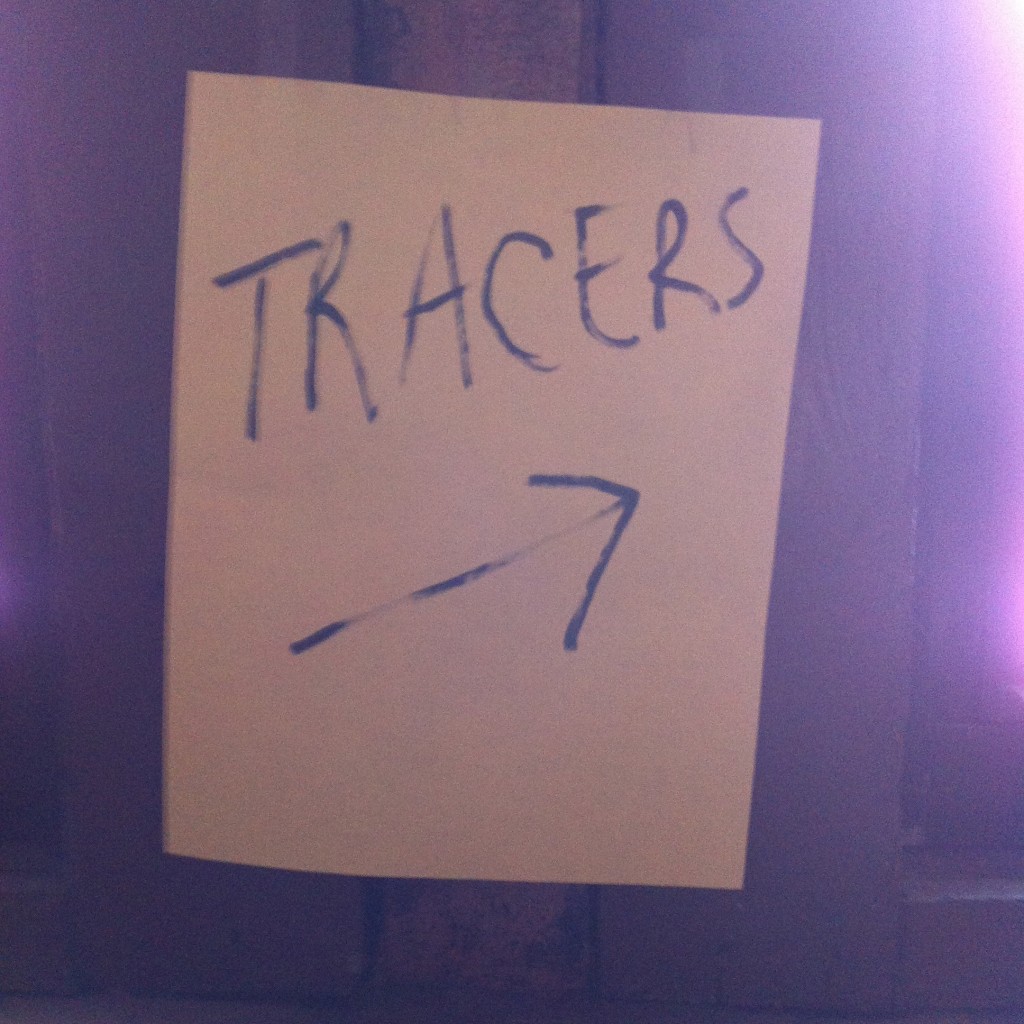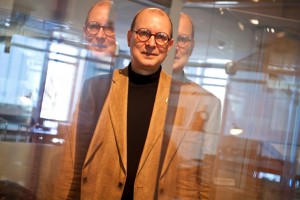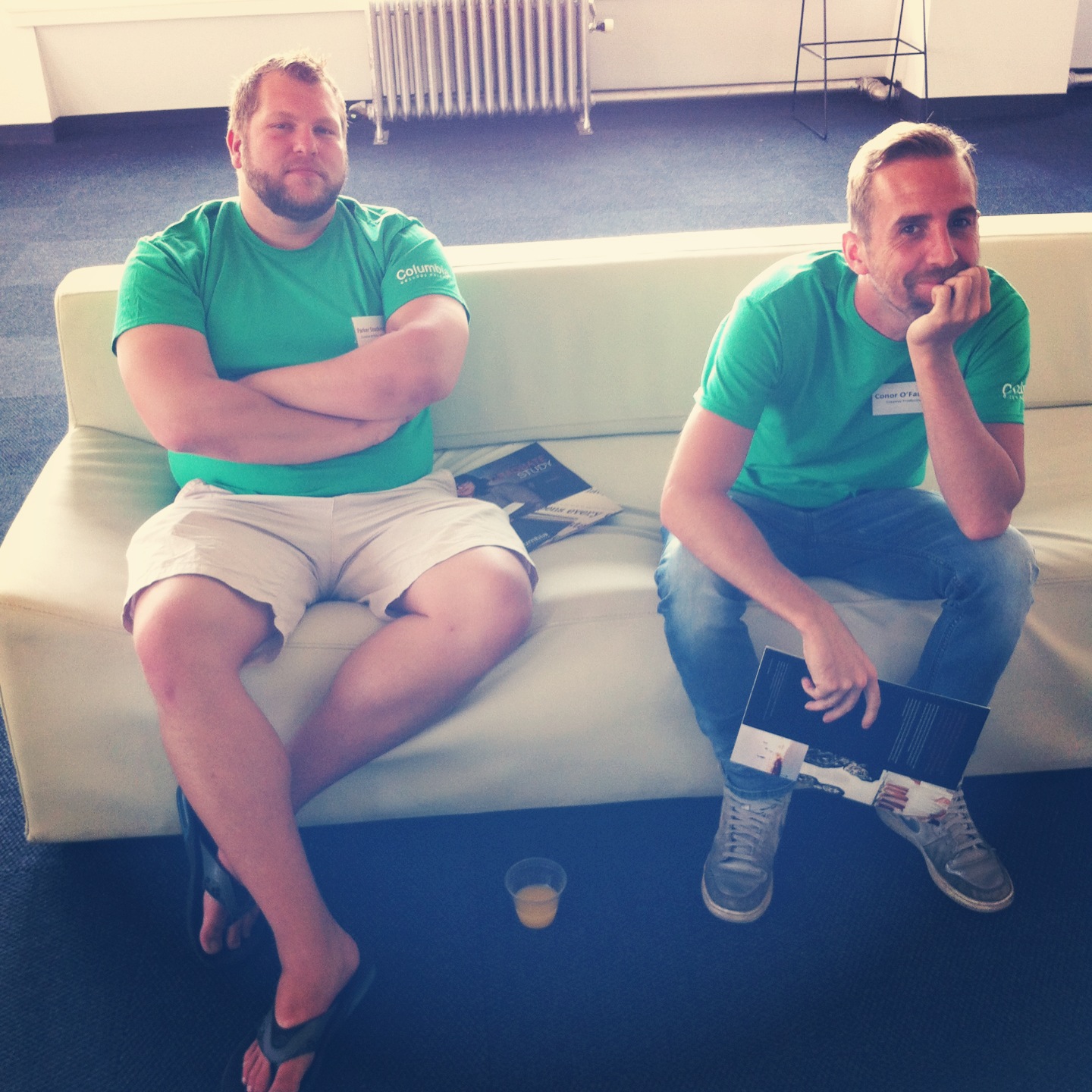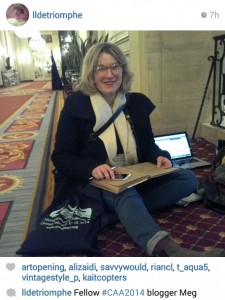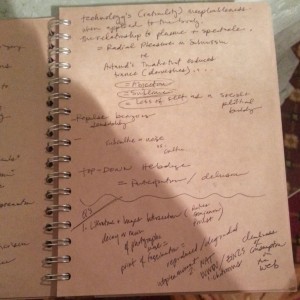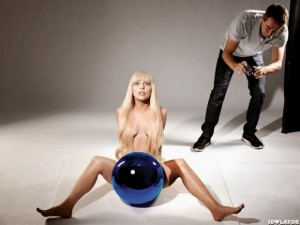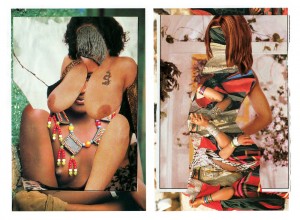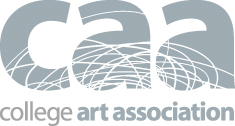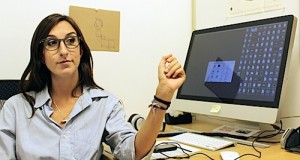
Image Credit: Art21
Moving to Chicago from Tampa, FL in 2010 had a lot to do with my arts education and everything to do with place- looking forward to present day, this idea of place has been a valuable part of my arts education. The architectural landscape and feel of Chicago was significant in many ways. It was charming. It was steep in a particular type of cultural integrity and commitment to that. It had something to say in a language descriptive of ambitious and hustler.
What I didn’t imagine even more specific to all of these things would be becoming a part of an artistic community who’s way of thinking and modes of artistic production would translate outside of this place as a Chicago way of making a way.
I spoke with Diana Nawi on regionalism in art- after her presentation at CAA earlier this week- which for her also began as a way of thinking about contemporary art, place and site while living here in Chicago.
La Keisha Leek: Who is Diana Nawi?
Diana Nawi: I am many things, but most officially, I am an Associate Curator at the Pérez Art Museum Miami.

Perez Art Museum. Image Courtesy of Diana Nawi
LL: Tell me about your curatorial practice.
DN: My curatorial practice is varied and responds to my institution and my context. I gravitate towards work that has a strong engagement with history and socio-politcal issues, opening up a space to re-envision what’s possible in the world, but I also find a lot of interest in the intimacies of language and the handmade. Right now I am really enjoying working with mid-career artists on producing ambitious new works–it’s great to be able to allow an artist the space and resources to expand and challenge their practice, or bring something long-term to fruition.
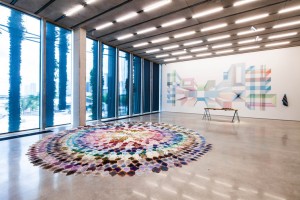
Perez Art Museum interior. Image Credit: Designboom
LL: What brings you to CAA?
DN: I presented a paper, “Strategic Regionalism: A Proposal,” in a session on Wednesday morning, “Regionalism in Art: New Perceptions of Here” organized by Claire E. Schneider and Xandra Eden.
LL: When did Regionalism enter the discourse for you and how has that continued to inform the ways in which you approach exhibition making and thinking about contemporary art?
DN: Regionalism is something I started thinking about here in Chicago when I was working at the MCA, looking at the movements and moments that were really tied to this place. But I especially became interested in regionalism while working on the Guggenheim’s Abu Dhabi Project, where fundamental questions of what constitutes the global/local/regional fields were being addressed and assessed through curatorial work and the idea of “the region” was being continually thought through.

Guggenheim Abu Dhabi. Image Credit: The Guardian
More recently, my time in Miami has lead me to think that a notion of regionalism, not strictly as a geography, but as a lens of interests and affinities, could be very useful in developing a broad intellectual and curatorial platform.
LL: As a curator and writer whose work extends far beyond an institution, how important do feel the role of arts education to be?
DN: Arts education is so vital to the individual and to culture and society as a whole. It’s invaluable; it helps make us creative, thoughtful, engaged citizens.
LL: In what ways does CAA’s annual conference assist in this effort for emerging art historians, curators and artists?
DN: The conference is a great moment to come together as different practitioners and exchange ideas and scholarship. I really value the opportunity to see what my peers and colleagues all over the country are working on and what conversations are happening elsewhere.
LL: What exhibitions or programs going on during CAA are you looking forward to attending while in Chicago?
DN: I’m excited to see exhibitions at the MCA, the Art Institute, and the Renaissance Society. And, there are a lot of great sessions happening here at CAA which I look forward to checking out.
Diana Nawi: On Regionalism in Art
Moving to Chicago from Tampa, FL in 2010 had a lot to do with my arts education and everything to do with place- looking forward to present day, this idea …
600 S. Michigan Ave.
Chicago,
IL
60605

